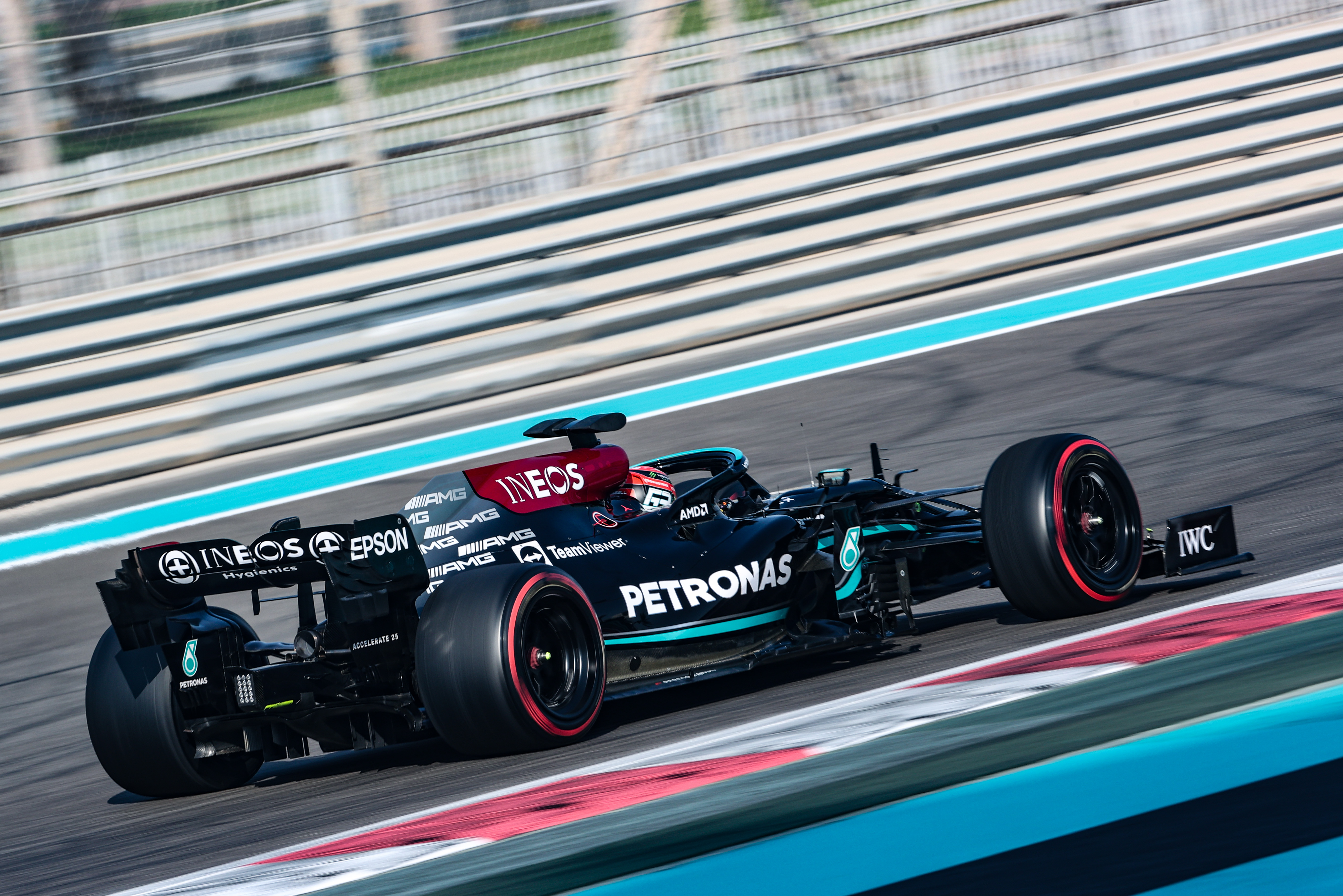Up Next

Formula 1’s turbo-hybrid era will enter its ninth season in 2022 – but while the power unit side of the championship has not undergone the same radical overhaul as the chassis side of the regulations, the scope of one power unit-related change in particular “should not be underestimated”, according to Mercedes engine chief Hywel Thomas.
Thomas replaced Andy Cowell in the role in 2020, and Mercedes’ streak of winning every hybrid-era constructors title with its own car and power unit was maintained last year – even though the drivers’ title did slip away.
Speaking in the latest edition of Mercedes F1 team’s ‘Road to 2022’ video series, Thomas said of the upcoming season: “When most people are talking about the 2022 regulations, they’re talking about a brand new car, and what the influence of that brand new car is going to be.
“But there are a couple of changes on the PU side, and they’re quite important.”
And the change Thomas particularly emphasised was the requirement for fuel to comprise 10 percent sustainable ethanol – an increase in biofuel from the previous 5.75 percent requirement, and with ethanol mandated “instead of it being open what biocomponents we use”.
“The change to the biocontent being ethanol, what that means is the engine is going to react slightly differently to the fuel,” Thomas said.
“So some areas of performance we’re really really happy with, another area is where honestly we’re less happy. And what we have to do is change the fuel where we can, and change the hardware of the PU where we can, in order to maximise the effects of the things we do like and minimise the effects of the things we don’t.”
The switch to so-called E10 fuel is generally believed to have caused a drop of around 20bhp compared to what was used in 2021, due to the required reoptimisation of the combustion process.

“The change this year to go to the E10 is probably the largest regulation change we’ve had since 2014,” Thomas added.
“It was a sizable overtaking, to make sure that we really developed that fuel – and the numbers of candidates that we had, the single-cylinder running, the V6 running, shouldn’t be underestimated how much work that took.”
The claim in 2014 might appear minor given that F1’s engine formula has stayed relatively consistent since the switch to hybrids, but manufacturers did have to account for changes such as the per-season allowance of usable components dropping, the ban of so-called ‘qualifying modes’ and two 5kg increases in fuel allowance.
An extra complication for the switch to E10 is that the fuel is among the components that will need to be frozen in spec by March 1 along with the main engine components, with subsequent revisions only allowed for reliability purposes rather than any performance gains.
Thomas described the work required to have everything in place before the cut-off date as “a huge challenge for everyone involved”.






